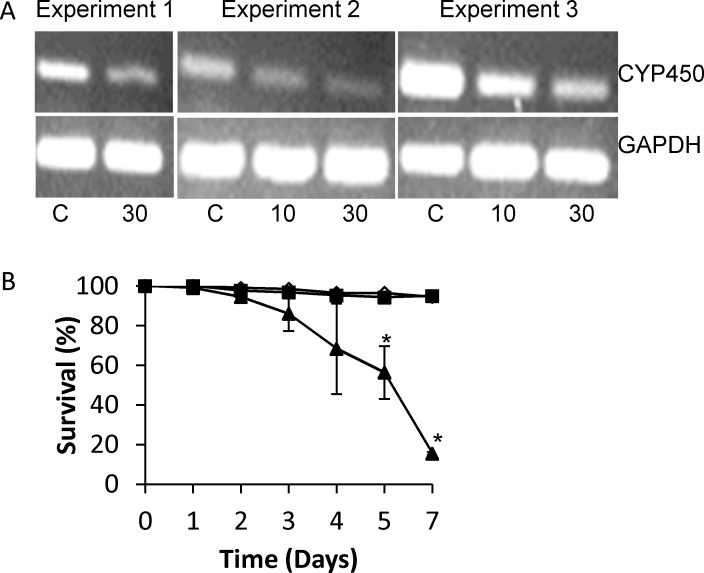Fig 5. Effect of silencing Schistosoma mansoni CYP450 in cultured larval worms.
Freshly prepared schistosomula (300–400) were placed in each well containing 1 ml Basch’s Media in a 24-well plate and overnight in a 37°C with 5% CO2. The following day schistosomula were treated with 10 or 30 μg/ml S. mansoni CYP450 dsRNA or 30 μg/ml negative control dsRNA. Over several days worms were observed for dead (dark, granular appearance) or alive (translucent). (A) mRNA expression patterns in schistosomula treated with S. mansoni CYP450 specific dsRNA or negative control dsRNA control after 3 days of treatment (Experiments 1 and 2) or 2 days treatment (Experiment 3). The control gene for cDNA input is S. mansoni glyceraldehyde 3-phosphate dehydrogenase (GAPDH). C, schistosomula treated with 30 μg/mL irrelevant dsRNA; 10, schistosomula treated with 10 μg/mL SmCYP450 dsRNA; 30, schistosomula treated with 30 μg/mL SmCYP450 dsRNA. (B) Effect of S. mansoni CYP450 dsRNA on schistosomula survival in cultures with 30 μg/mL negative control dsRNA (black square), 10 μg/mL S. mansoni CYP450-specific ds RNA (open triangle), and 30 μg/mL S. mansoni CYP450-specific ds RNA (black triangle). Treatments were done in triplicate and repeated 3 times. Error bars indicate standard error of the mean; *, p < 0.05; student t-test.

